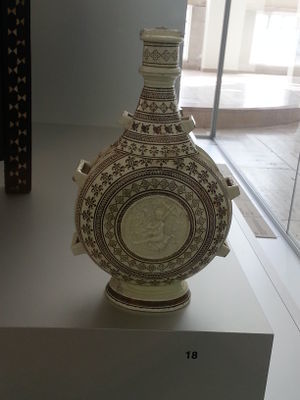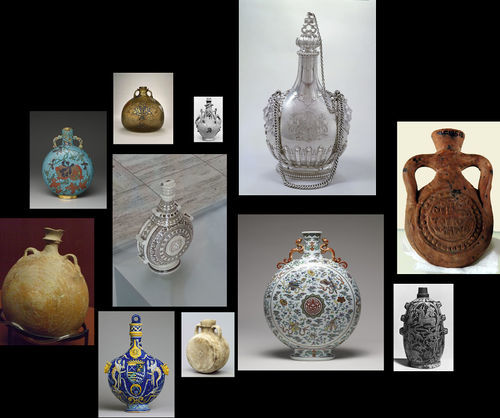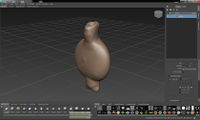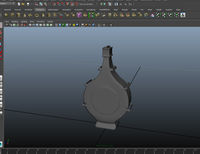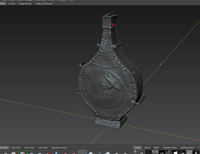User:JMvdKOLK/MuseumOfFantasticForgeries
Personal Notes: HERE
The Object
The Object I chose was from the Boijmans Museum and exhibited in the Design collection. The object was one of the items I chose for the kick off week. I chose it based on shape and form, so I did not find out what it actually was. When I had to choose an object for this assignment, I was still intrigued by this item and wanted to know more of it.
The Beginning
The first thing I did, was figuring out what it actually was. On the Boijmans website I managed to track it down in their online catalogue. It gave me its history, material and what it was. There was not a lot of information given about the certain object except that it is a pilgrim's bottle. So what's a pilgrim bottle? A pilgrim bottle was an object carried by travelers on their journey. While most that survived were very expensive that it is assumed that they must be purely for display; however they were made everywhere from Asia to Europe and various materials. They all retain the same characteristics though. it's a vessel with a body from an almost full circle, flattened, to a pear shape with a shortish neck, a spreading foot and, generally, two loops on the shoulders. Through the loops either a chain or a cord was passed from carrying the bottle or for maintaining the stopper in place. Additionally, They have religious imagery.
Our bottle has not much information, but enough to possible deduce what the user was worshipping. it's made using relief-application. A method of adding pieces of clay to the layer which creates relief. It's origin is in France, Saint Porchaire from 1525-1565. There is a church in Pontiers named the St. Porchaire. It was finished in the 16th century, It's a sacred place for pilgrims to visit. This is because the sacrophage of ST. porchaine. The church's origin is from Carolingian dynasty, romanisque and gothic. It also has The Twelve Apostles imagery which make me believe it's faith is based on Christianity. The imagery on the pilgrim's bottle is also depicted a person with a religious cross.
It poses a question of what journeys it has made, what it was depicting and how it ended up here in holland? For me the most fascinating part of the object is its journey.
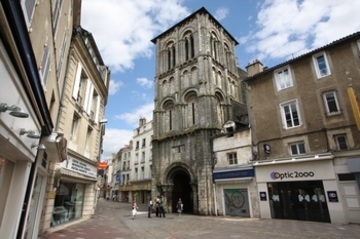
The Reproduction Journey
My current idea was to recreate this object in 3D, its idea of relief-application made me think about sculpting this in a 3D environment and find a way to make it real. This could be 3D printing or another way. I've started with trying to sculpt it in Mudbox only, this turned out to be very poor and time consuming. Mostly because of my inexperience in Mudbox itself. I decided to create the basic form and shape in Maya, which resulted in having to optimize it a lot with using quads and mirroring the shapes. eventually I imported the flask to mudbox where I started to work with its textures and detail. As an experiment I've recorded part of the proces.
Because of the feedback session, I realized that what I found the most fascinating part of my reproduction was actually the digital sculpting of the actual art object. I wanted to visualize this somehow. While I was fixing the 3D object in maya for a more smooth export road to Mudbox, I was interested in the quads I was working with. I wanted to see if I could bring this into the real world somehow. I came across paper craft, which is paper folded into three dimensional shapes and forms. I searched how I could transform my object into a papercraftable template. I found a program called Pepakura Designer which unfolds the object for you into a printable form. I took the design with me and printed it on A3 and started cutting the shapes out of the paper, folded the paper and glued the pieces together.
